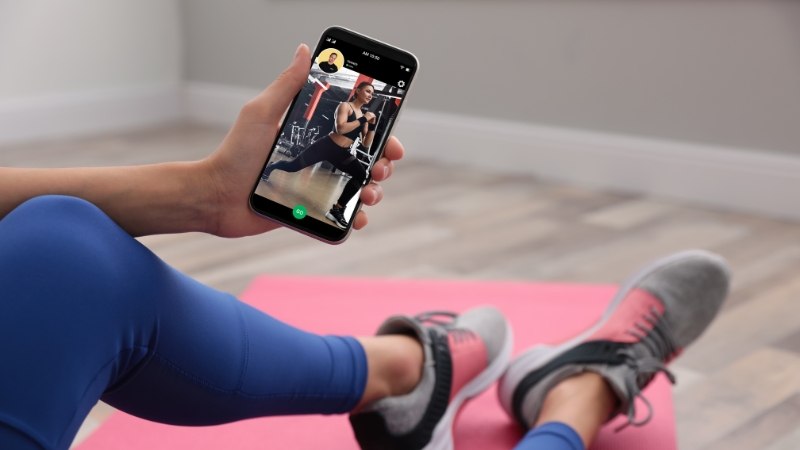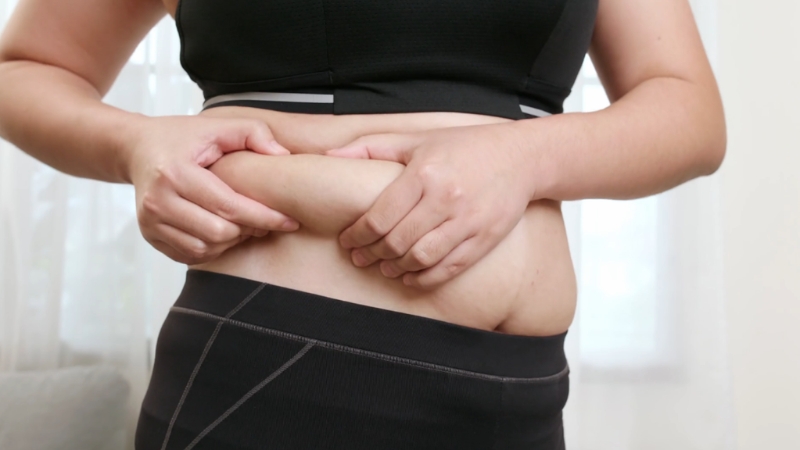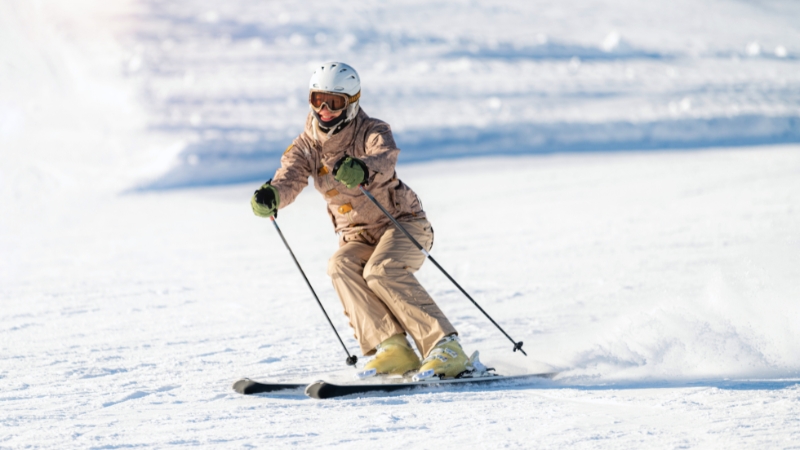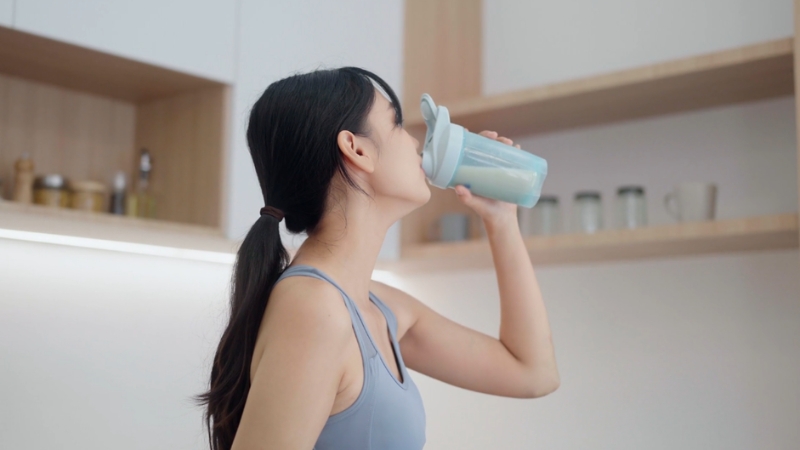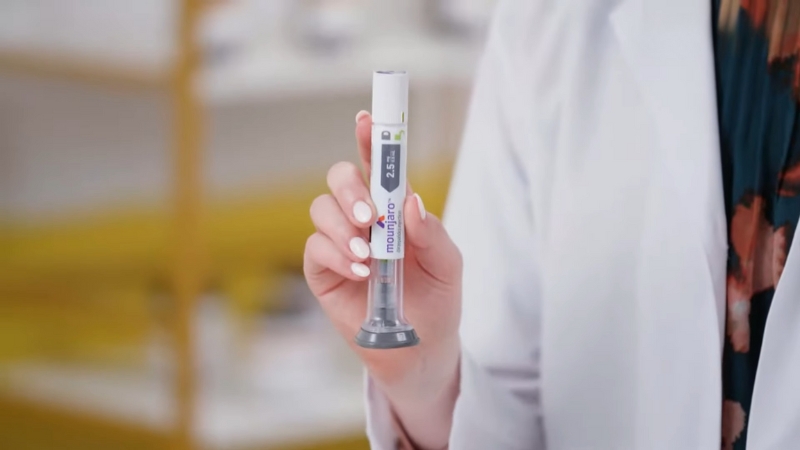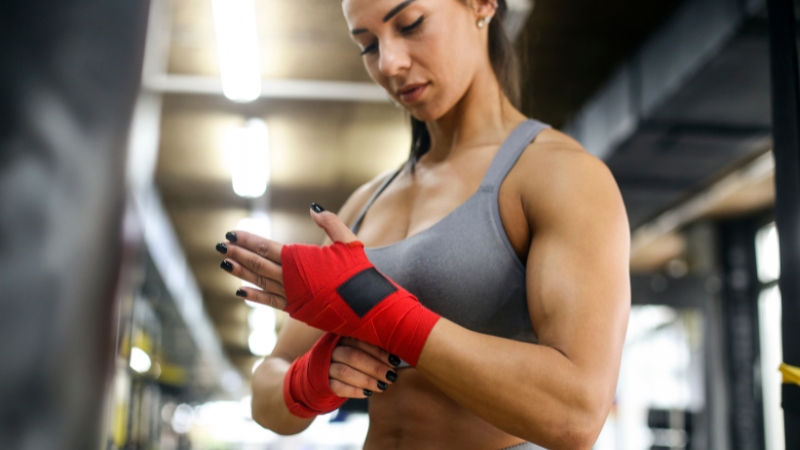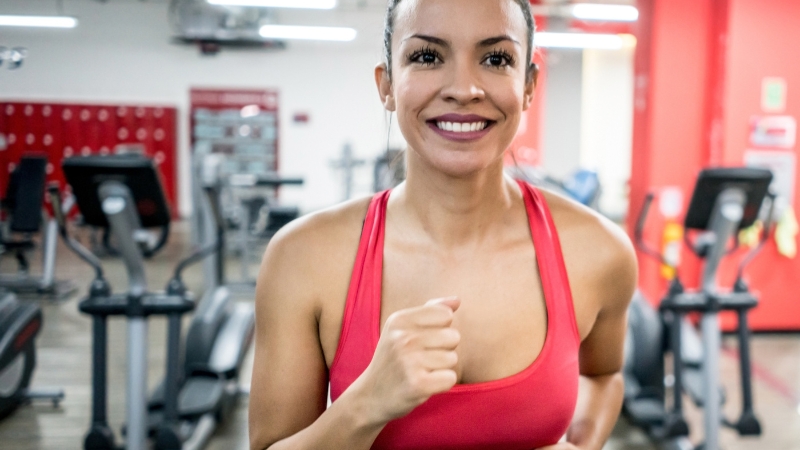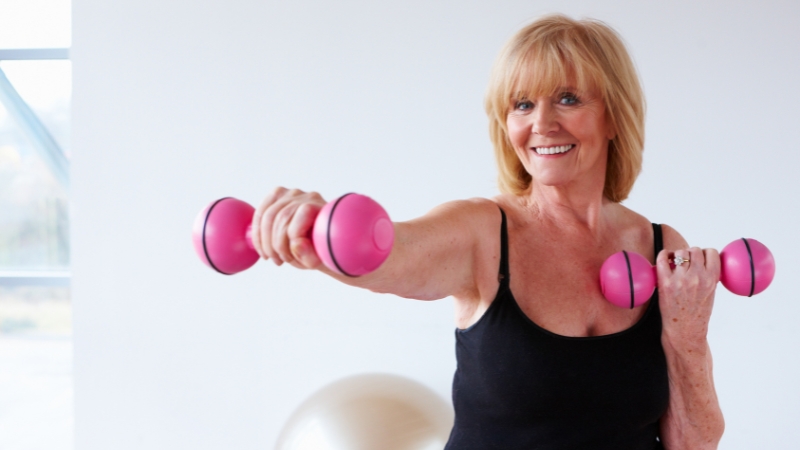
Share Post:
Regular physical exercise has measurable anti-aging effects on the skin. It improves circulation, enhances collagen production, reduces inflammation, and helps regulate hormones that influence skin aging.
These physiological changes are not subtle; studies show that consistent exercise can lead to visibly younger, thicker, and healthier skin, even in people over the age of 65.
Unlike skincare products that often address surface-level symptoms, physical activity works at the cellular level, improving the internal conditions that drive aging. From improved blood flow to reduced oxidative stress, working out supports the skin’s ability to regenerate and repair itself.
Table of Contents
ToggleHow Exercise Influences Skin Health
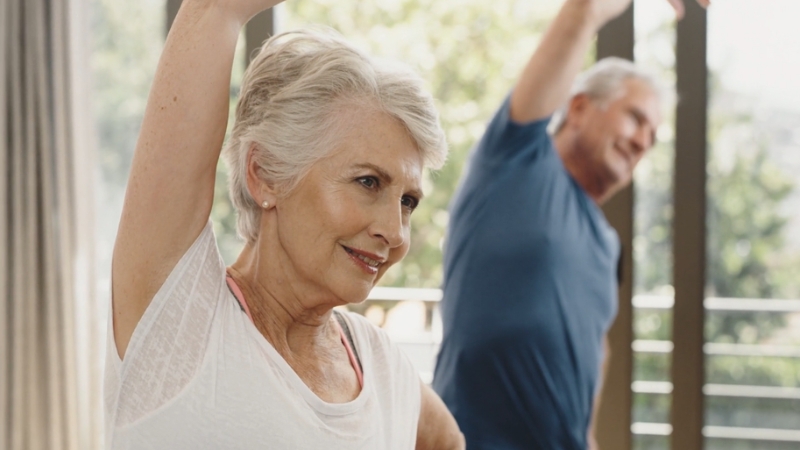
The primary reason exercise improves skin health is its ability to boost blood circulation. When you work out, your heart rate increases and blood vessels dilate. This pushes oxygen-rich blood to the surface, including the skin, where it delivers essential nutrients and removes cellular waste.
Better circulation means that skin cells receive more oxygen and antioxidants. These nutrients support cellular repair and collagen synthesis, both of which decline naturally with age.
Collagen is a critical structural protein that maintains firmness and elasticity. As we get older, collagen production drops and breakdown accelerates, leading to sagging, wrinkles, and thinning skin. Exercise helps reverse some of this by:
- Stimulating fibroblast activity (cells that produce collagen)
- Increasing mitochondrial function in skin cells
- Enhancing the delivery of micronutrients like vitamin C and zinc
Together, these effects result in more vibrant, firm, and resilient skin.
Exercise Reduces Inflammation and Oxidative Stress
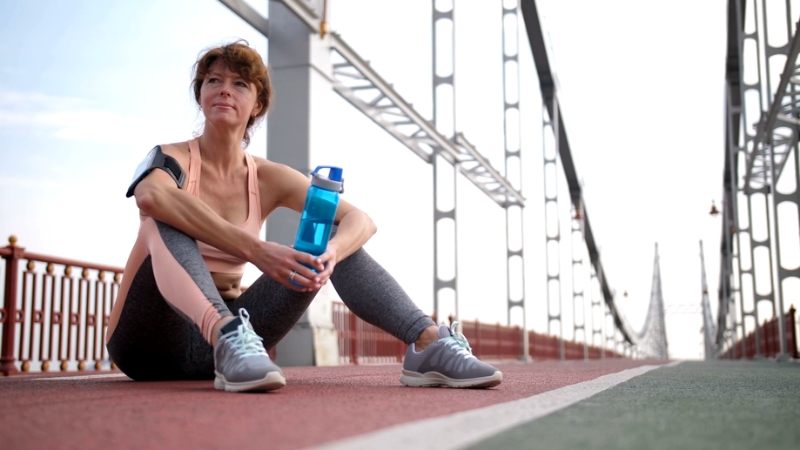
One of the major contributors to skin aging is chronic inflammation and oxidative stress. Both accelerate collagen degradation and lead to the breakdown of the skin’s extracellular matrix.
Exercise, particularly moderate-intensity aerobic activity, helps regulate the immune response and reduce levels of pro-inflammatory cytokines. It also increases the body’s production of endogenous antioxidants, which neutralize free radicals, unstable molecules that damage skin cell DNA and degrade collagen.
Inflammation and Oxidative Markers in Active vs. Sedentary Individuals
| Biomarker | Sedentary Individuals | Regular Exercisers |
| C-reactive protein (CRP) | Elevated | Lowered by 25% to 35% |
| Interleukin-6 (IL-6) | Chronically high | Moderately reduced |
| Oxidative damage (8-OHdG) | Higher levels | Significantly lower |
These reductions in inflammation and oxidative stress contribute directly to healthier, younger-looking skin, especially over the long term.
Exercise and Hormonal Balance
Hormones play a major role in how the skin ages. Cortisol, estrogen, testosterone, and growth hormone all affect skin structure, hydration, oil production, and repair mechanisms.
Imbalanced hormone levels, whether from chronic stress, aging, or poor lifestyle habits, often manifest in skin issues such as dryness, loss of elasticity, and acne. Regular exercise regulates several key hormones:
- Reduces cortisol: High cortisol levels break down collagen and increase skin sensitivity.
- Increases growth hormone: This supports cell regeneration and tissue repair.
- Supports estrogen and testosterone balance: Helps maintain skin thickness and sebum production.
In postmenopausal women, resistance training has been shown to modestly support estrogen metabolism, which may help slow the thinning of skin that comes with estrogen decline.
Effects of Exercise on Skin Thickness and Elasticity
A 2014 study published in Aging Cell examined the skin of older adults (ages 65+) who had exercised regularly for at least three months. The researchers found that participants experienced increased epidermal thickness, improved collagen structure, and a higher rate of skin cell turnover.
This is significant because thinning skin is one of the most visible signs of aging. As we lose dermal mass, wrinkles become more pronounced, and skin becomes more fragile. Exercise appears to slow or even partially reverse this process by increasing mitochondrial activity and protein synthesis in skin cells.
Another study from McMaster University found that older individuals who exercised frequently had skin that resembled that of people decades younger in histological samples, even when controlling for sun exposure and genetics.
Types of Exercise That Offer Skin Benefits
Not all workouts have the same effects on skin. Different forms of exercise influence different physiological pathways. Here is how they compare:
Skin Health Benefits by Exercise Type
| Exercise Type | Primary Skin Benefits |
| Aerobic (running, cycling) | Increases circulation, reduces inflammation, enhances oxygen delivery |
| Strength training | Improves hormone balance, supports collagen production |
| HIIT | Boosts mitochondrial function, stimulates growth hormone |
| Yoga/stretching | Lowers cortisol, improves blood flow to skin and scalp |
A combination of aerobic and resistance training seems to provide the most comprehensive benefits. Aerobic activity enhances nutrient delivery and oxygen flow, while strength training contributes to hormonal support and muscular tone, which indirectly improves skin firmness and appearance.
This combination can help reduce the appearance of fine lines, improve elasticity, and restore vibrancy in a way that is sometimes comparable to early results from aesthetic procedures like an estherian facelift, though achieved naturally and gradually through internal rejuvenation rather than external tightening.
How Long Before You See Skin Improvements?
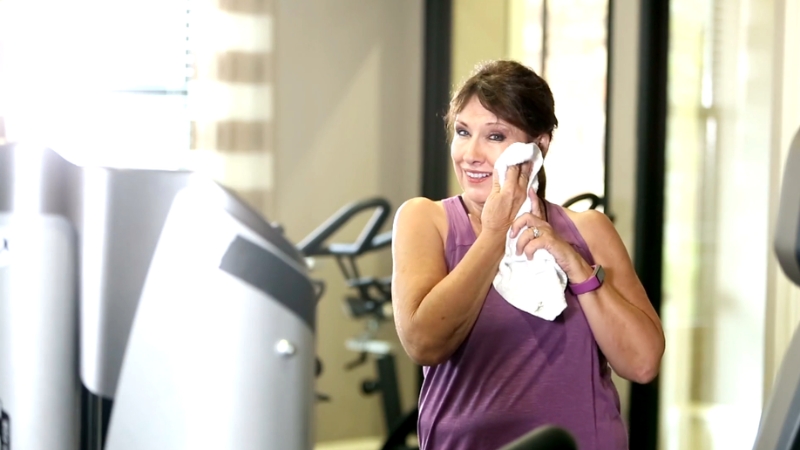
Visible skin improvements from regular exercise can begin within four to eight weeks, depending on baseline health and lifestyle.
Initial changes include better complexion, less puffiness, and reduced inflammation. Over the next few months, deeper changes become noticeable; skin becomes firmer, more elastic, and better hydrated.
Lifestyle Factors That Amplify Exercise’s Impact on Skin
To get the full anti-aging benefits of exercise, other lifestyle habits must align with it. Skin aging is multifactorial, and neglecting other areas will blunt your results.
| Factor | Why It Matters |
| Hydration | Dehydrated skin appears dull and ages faster |
| Sleep quality | Cellular repair processes peak during sleep |
| Sun protection | UV exposure destroys collagen and DNA in skin |
| Diet quality | Antioxidants and healthy fats support skin health |
| Smoking/nicotine | Reverses most of the benefits of exercise on the skin |
| Stress management | Chronic stress raises cortisol and inflammation |
In severe cases, such as extreme hormonal imbalance, persistent inflammation, or lifestyle-related skin damage, some individuals benefit from intervention at a residential mental health center that integrates exercise with stress reduction, nutritional therapy, and sleep management.
These programs provide an environment where internal health and external appearance can both improve meaningfully.
Endnote
@drchizikeji Exercise may decrease signs of aging! This study published in Nature showed that physical activity, specifically resistance training can counteract skin aging by improving skin elasticity and upper dermal structure. As if I needed another reason to promote moving your body! doi: 10.1038/s41598-023-37207-9 #greenscreen #skincare #doctor #weightlifting ♬ original sound – Dr. Chisom Ikeji MD
Exercise is one of the most effective, evidence-backed ways to slow the aging of your skin. Unlike cosmetic treatments that mask aging, working out targets the internal systems that cause aging, such as improving circulation, balancing hormones, reducing inflammation, and boosting collagen production.
It does not require expensive products or procedures; just consistent effort and smart lifestyle choices.
Anyone looking to preserve youthful skin should see physical activity as a non-negotiable part of their anti-aging strategy. Over time, the benefits compound, and the visible improvements in skin quality will mirror the deeper improvements in cardiovascular, metabolic, and mental health.
Related Posts:
- 2025's Must-Have Skin Supplements for Youthful and…
- Can’t Find the Energy? Tips for Working Out After a…
- 10 Common Mistakes to Avoid When Working Out After 50
- The Full Guide to Working Out With a Weak Immune System
- Can a Workout Routine Really Help With Mental and…
- What Testosterone Really Does for Men - Health Gains…



